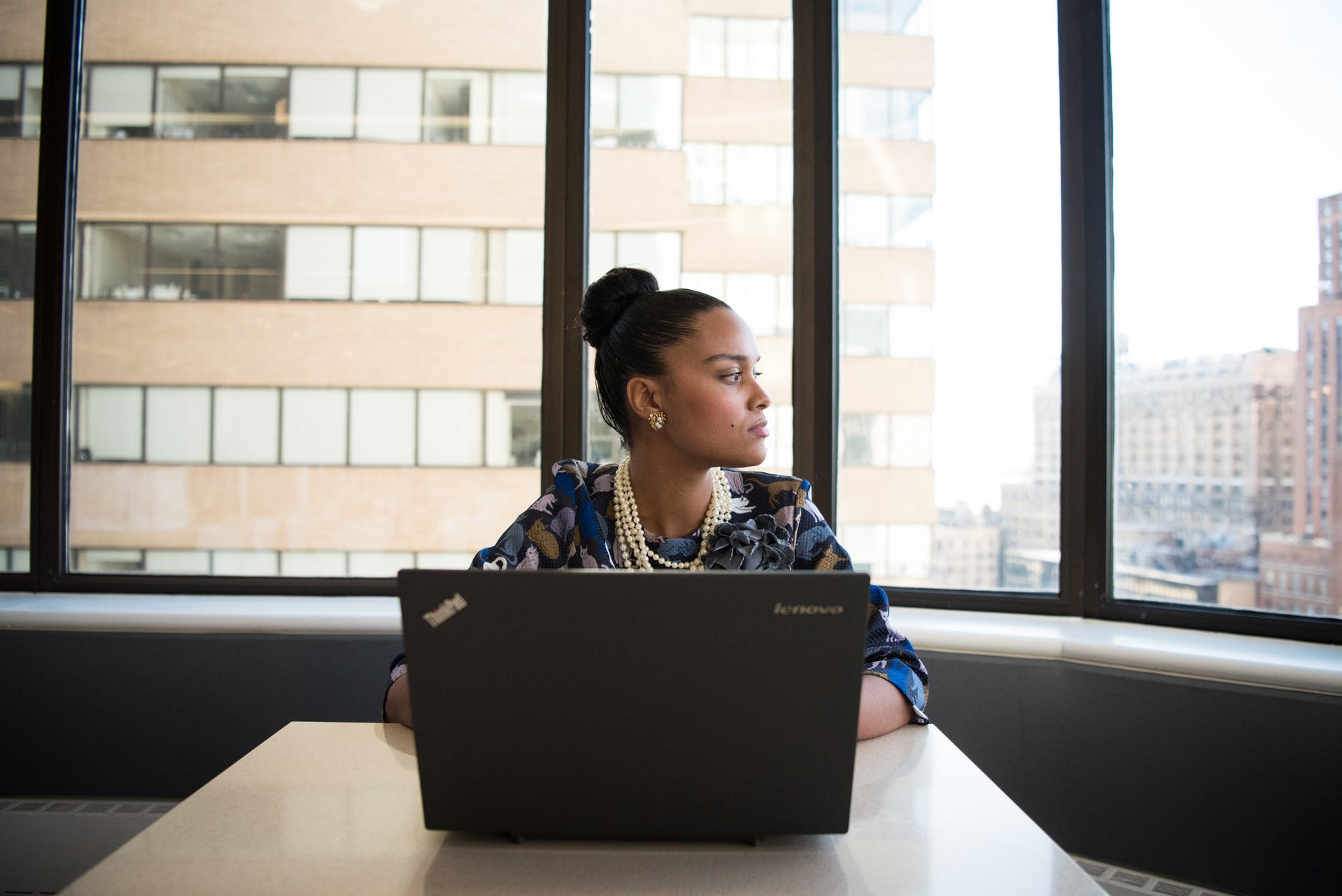Do you remember when the corporate well-being conversation was about providing fitness centres, healthy snacks, and maybe even a rooftop garden? Well, that was the old way of looking at things.
Today, companies are focusing not just on supporting their employees’ physical health, but their mental health. They see the toll that the uncertainty, anxiety, stress, and additional responsibilities associated with the global pandemic are taking, and they recognise the need to support them in a more holistic way.
Well-being isn’t just good for employees, it’s good for companies. And the ones that design well-being into the three key pillars of employee experience – culture, digital space, and physical space – can position their people, and their businesses, to succeed.
Make it clear that it’s ok to not be ok
It doesn’t matter how many well-being programs you offer if your culture isn’t supportive. Well-being initiatives work best in organisations that have a strong foundation of respect, trust, collaboration, caring, and empathy where colleagues root for each other.
People need to feel safe taking time to take care of themselves and asking for help—especially when it comes to mental health.
- Offer, and have leaders promote, programs for mental health and mindfulness, such as counseling, meditation groups, and stress management training.
- Encourage managers to be supportive of team members participating in well-being programs.
- Invite leaders to speak in an open and transparent way about their own struggles and how they manage them.
If you get this right, an employee will be as comfortable saying that they’re going to meditate or going to therapy as they are that they’re going to the dentist.
Focus on digital wellness
With so many employees working from home, the majority of their interactions are now virtual. And the digital workspace has never been more important to their experience.
Our interactions with the technology we use to do our jobs each day is probably just as, if not more, important to our well-being than the technologies and apps designed for well-being. If employees are distracted and overwhelmed by demands coming at them from a dozen applications each day, they’re unlikely to maintain the focus and creativity they need to feel good about work and be successful. If they have integrated, intuitive technology, they will feel less stress about missing something critical—or even about remembering one more password.
Create the space to succeed
With digital workspaces, companies can deliver a secure, reliable, and consistent experience that removes the noise and distractions from work, enabling employees to focus, innovate, and create value. And they can even integrate well-being into their days, leveraging microapp capabilities that allow them to drive vital tasks associated with well-being such as:
- Conducting quick pulse surveys to track and improve employee happiness
- Sharing positive news to increase morale
- Recognising colleagues and their achievements to foster engagement and community
- Surface relevant content and FAQs to support employees and empower them be well on all fronts – physically, mentally, financially, spiritually, and emotionally
We’re all experiencing the challenges of the pandemic in different ways. But one thing is universal: When people experience a state of well-being at work, they can unlock their potential, work purposefully and creatively, successfully manage everyday stress, and make meaningful contributions to the success of the entire organisation.









